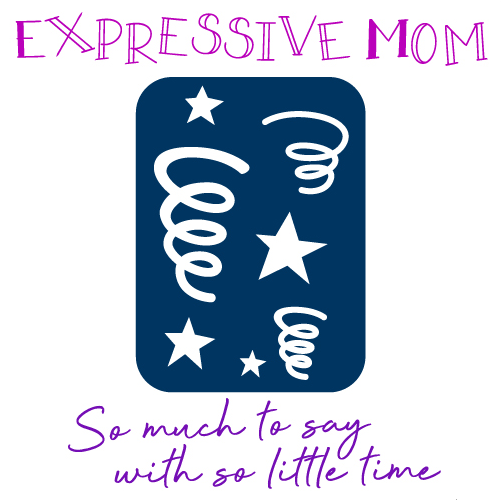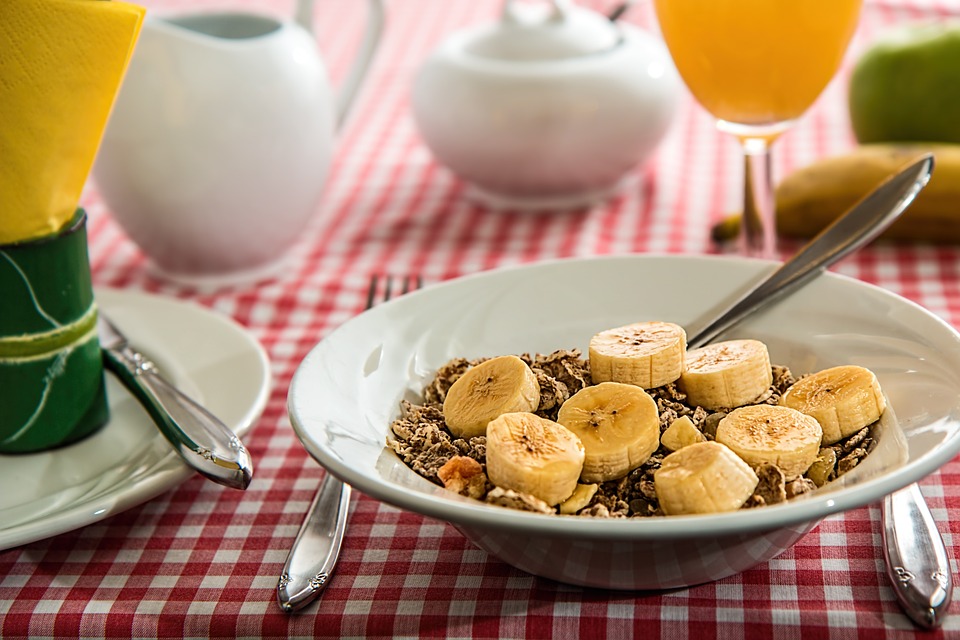Here is an article that was written by Julie Matthews, a top US biomedical autism diet/nutrition specialist and Defeat Autism Now! (DAN!) Practitioner, helps parents recover children from autism. She is a parent/physician educator and creator of “Nourishing Hope for Autism: Nutrition Intervention for Healing Our Children” (Book) and “Cooking to Heal Autism Nutrition and Cooking Classes” (DVD).
With autism among children rising to astounding rates of 1 in 150 children worldwide, it is the fastest growing childhood epidemic of our time. The number of children affected by this whole-body disorder is expected to rise even further over the next decade. According to research reports, more children will be diagnosed with autism this year than cancer, diabetes, Downs Syndrome and AIDS combined. Approximately 1 million individuals in the United States have autism—as of today, there is no known cause and no known cure.
You know the statistics. You are keenly aware of how interesting your path has become-a life you didn’t exactly imagine you would be in. You see the autism awareness ad campaigns on television. You hear a new president dedicate himself to helping children with autism through research dollars and insurance coverage requirements. You are connected to your local autism support group. You participate in lively debate over genetics, vaccines, ABA therapy and a new topic-biomedical intervention and autism diets.
You may be watching your child carefully stack cans on top of one another—over and over for hours, instead of playing with toys and other children. You serve French fries day after day, because they might be the only thing your child will eat. You’ve decided that “hope for recovery from autism” is an interesting collection of words-but do they really fit into your world?
You hear the word “recovery” more and more lately. How can your child recover from autism? Is it really possible? Parents you know are coming back from conferences enlightened and hopeful. The terms “biomedical intervention” and “autism diet” are rising to the top of conversations, literature and web sites. Of course you would be curious.
Pursuing recovery is not about “curing” autism. Pursuing recovery is about believing in and taking action toward improved health and healing. The term “recovery” is best explained by esteemed autism organizations such as Autism Research Institute and Generation Rescue, the use of this term is intended to convey the extent of the possibility that exists for these children–to reach their potential of health and happiness – whatever that may be. As Jenny McCarthy analogy explains, while you can’t be cured of getting hit by a bus, you can recover. Indeed, thousands of children have, and are, recovering from autism.
Many parents today are learning things they can do to help their children thrive and pursue recovery. Autism pediatricians, researchers and nutritionists are now suggesting that parents consider implementing autism diets, autism-specific nutrition and specialized supplementation, in addition to traditional behavioral therapy and other proven treatments.
Doctors now know that the body of the child with autism is quite unique and requires very specific care-special enzymes for digestion, medical treatment for yeast infections and other conditions found during testing, attention to digestive issues, special dietary requirements (autism diets), nutrient and fatty acid supplementation, behavioral therapy and more.
Specific autism diets can help children improve in many ways. When diets are correctly implemented by parents, improvement in gastrointestinal problems, diarrhea, constipation, language, learning, focus, attention, eye contact, behavior, sleep difficulties, toilet training, skin rashes/eczema and body pain have been observed. Since every child is unique, improvements will vary.
There are several diets that are used by parents, autism nutritionists and pediatricians. These diets include the Gluten-Free Casein-Free (GFCF) Diet, Specific Carbohydrate Diet (SCD), Gut and Psychology Syndrome (GAPS) Diet, Low Oxalate Diet, Body Ecology Diet, Feingold Diet and Weston A. Price dietary principles. Most practitioners suggest parents begin with the GFCF Diet-removing all gluten and casein from the foods they serve their children.
Autism Research Institute (ARI) surveyed thousands of parents and found that 65% of those applying the GFCF Diet saw improvement. For the Specific Carbohydrate Diet, 66% noted improvement.
Successful parents begin with simple steps: they serve fresh fruits, vegetables and grass-fed meats whenever possible. They read labels for ingredients and they clean out their cupboards. They shop for organic foods in order to remove antibiotics, hormones, pesticides and PCBs from the dinner table. Parents choose to no longer serve their children easy-to-serve pre-packaged, canned or frozen foods that contain preservative, additives, colors and artificial ingredients. They immediately decrease the amount of sugar they feed their children. The guidance of a qualified nutrition profession is always recommended.
After the initial clean up steps are completed, parents embark on the finer points of an autism diet, which often means removing gluten and casein-as implemented in the GFCF diet. Gluten is the protein found in wheat, rye, barley, commercial oats, kamut, and spelt. Casein is the protein found in dairy. The GFCF diet has become popular for autism and the general population, and there are many GFCF foods available in stores. Parents who are successful with applying a GFCF diet cook from great recipes they find online and in autism diet friendly cookbooks. They actually enjoy the process.
For the parent of a child with autism, the food that they choose to serve their children is vitally important to their healing. Autism diets are an important first step all parents should consider as they are creating a recovery program for their child.
Visit http://www.NourishingHope.com to study autism diets and view video presentations.




Connect With Me !